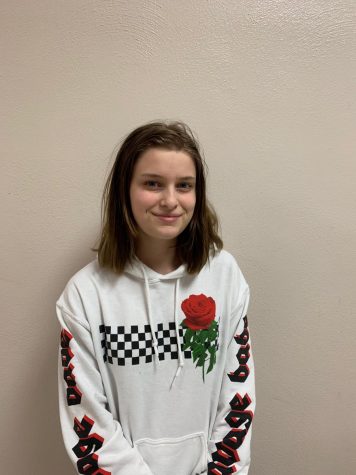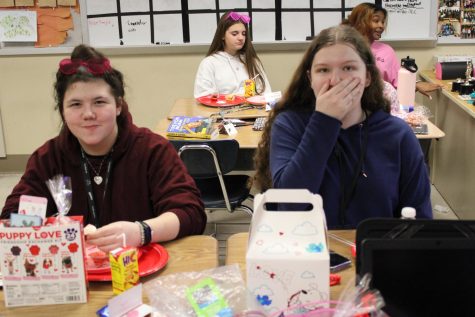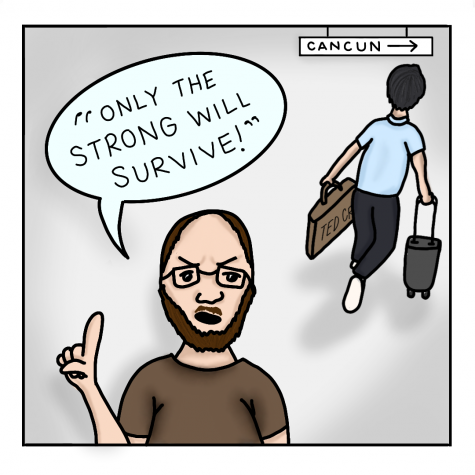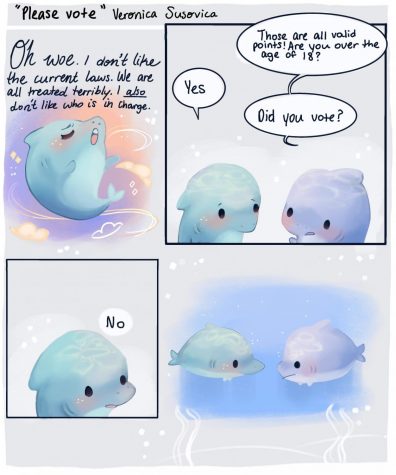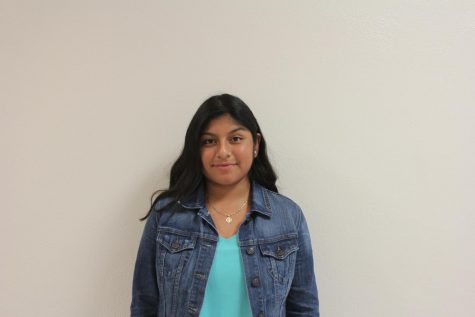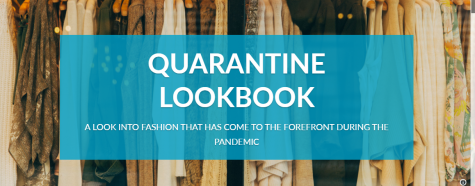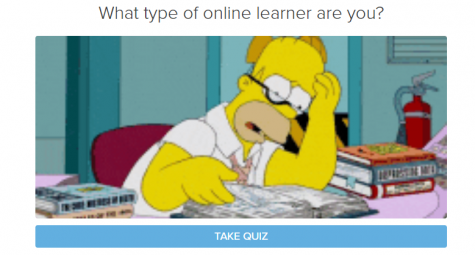A quick move to hybrid learning will serve more students
July 23, 2020
Due to the uncertainty of the development of COVID-19, our education lies in the hands of Missouri communities, spanning from full-virtual learning to face-to-face learning.
Unfortunately, no solution is flawless. I think a hybrid model is the safest option that still ensures equal success for students of all learning styles and backgrounds.
When discussing the topic of going back to school, it is easy for individuals only to think about how virtual learning affected them personally. Though many of our non-disabled, older students can easily say that a hybrid option is “selfish,” it is important to identify how a virtual model affects students of other demographics.
For example, while virtual learning might work well for a senior in high school, many essential workers in our district cannot afford private babysitting for their young ones that don’t match that 3-5 year age requirement for the Early Childhood Center. While virtual learning might work for students with no educational accommodations such as IEPs or 504 plans, many of our students are losing access to essential needs that they receive at school, including private counseling.
Virtual learning might also work well for a student who does not rely entirely on extracurricular scholarships, which cannot be earned if students aren’t engaging. Not to mention that many students live in abusive environments and have had to spend more time indoors since March, putting them at higher risk for safety issues.
Reducing the spread is important, and a hybrid model could accomplish that. Virtual learning should be reserved out of necessity, not comfortability.
While virtual learning is not ideal for underprivileged students, full in person is not a fair expectation for our immunocompromised individuals or our students who are in contact with at-risk caretakers or family members. It’s clear that no student should be forced into the public during a global pandemic, but given the intense measures we are taking to ensure public safety with a hybrid model, asking our students to stay home is not a viable option either.
While the current situation with virtual learning is a necessity and last resort, hopefully the spread of the virus will slow down and we can move into a hybrid model more quickly. With a hybrid model, students would attend school two days out of the week and attend virtual learning for three days out of the week — and there would always be a full-virtual option for students that do not feel comfortable going back to school. There would be preventative measures such as divided passing times, one-way-walkways, mask requirements, and cleaning between classes. Social distancing would be essential.
Extracurricular activities would continue with precautionary measures, varying for each activity. Students’ non-traditional needs would be met with in-person care. While a hybrid model still could result in the spread of COVID, the precautionary measures that we are taking would greatly decrease the likelihood of a spread given that less than half of our student population would be in our building at once. Hybrid learning is the direct compromise between in-person learning and virtual learning, still allowing for individualized care and preventing the spread.
No option is ideal, but a hybrid model with a virtual option is the happy medium. Not all students are safest at home, so we cannot use that mindset as a basis for this decision. We have to be considerate of all students when making decisions for our class. Regardless of what decision is final, I’m very sympathetic for the classes of 2020 and 2021.


